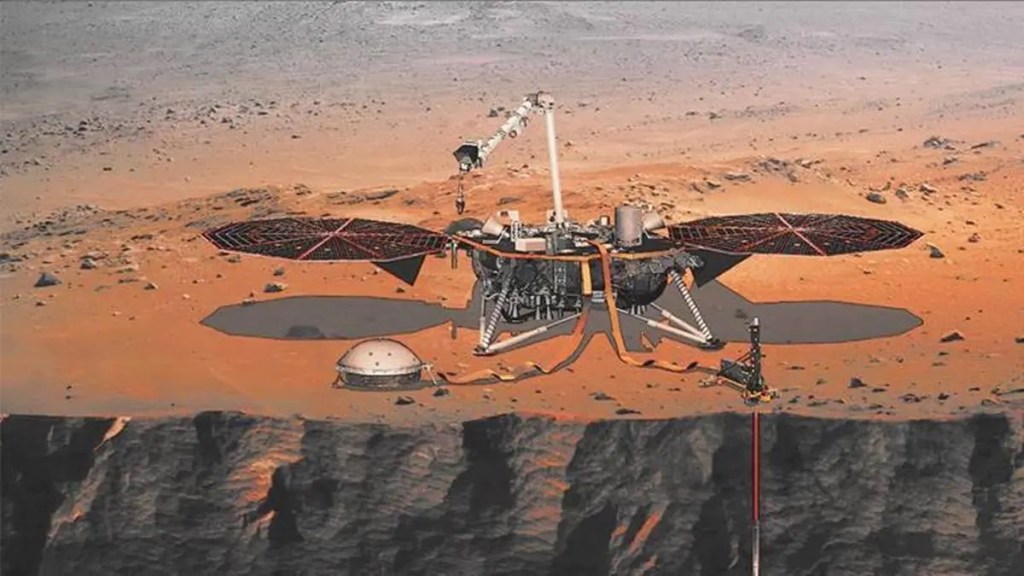When National Aeronautics and Space Administration’s (NASA) Mars rovers discovered manganese oxides in rocks in the Gale and Endeavor craters on Mars in 2014, it made researchers conclude that the red planet might have once had more oxygen in its atmosphere billions of years ago.
The scientists said the minerals needed abundant water and strongly oxidizing conditions to form, reported ANI. Using lessons learned from Earth’s geologic record, researchers concluded that the presence of manganese oxides suggested that Mars had experienced periodic increases in atmospheric oxygen in its past — before declining to today’s low levels. But Washington University in St. Louis made a new experimental study that upends this view.
Researchers found that under Mars-like conditions, manganese oxides could be easily formed in absence of atmospheric oxygen. With the help of kinetic modeling, the scientists concluded that manganese oxidation is unlikely in the carbon dioxide-rich atmosphere expected on ancient Mars.
Jeffrey Catalano, a professor of earth and planetary sciences in Arts and Sciences and corresponding author of the study published December 22 in Nature Geoscience, said: “The connection between manganese oxides and oxygen suffers from an array of fundamental geochemical problems,” ANI quoted.
Kaushik Mitra, the author of the study and a postdoctoral research associate at Stony Brook University, finished this work as part of his graduate research at Washington University.
Mars is rich in the halogen elements chlorine and bromine in comparison with the Earth. Catalano said that Halogens available on Mars are different from on the Earth, and its larger amounts could be important to the fate of manganese.
Both Catalano and Mitra held laboratory experiments using chlorate and bromate — dominant forms of these elements on Mars — to oxidize manganese in water samples which they made to replicate fluids on the Mars surface in the ancient past.
Scientists were inspired by reactions observed during chlorination of drinking water, said Catalano and added: “Understanding other planets sometimes requires us to apply knowledge gained from seemingly unrelated fields of science and engineering,” ANI reported.
The researchers discovered that halogens converted manganese dissolved in water into manganese oxide minerals thousands to millions of times faster than by oxygen. Scientists believe that under the weakly acidic conditions which were found on the surface of early Mars, bromate produces manganese oxide minerals more quickly than any other available oxidant. Oxygen is incapable of forming manganese oxides following many of such conditions.


